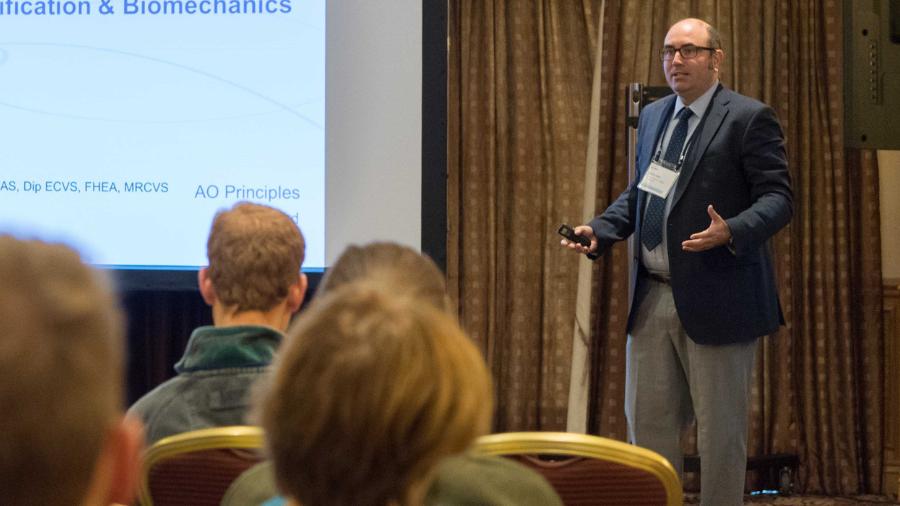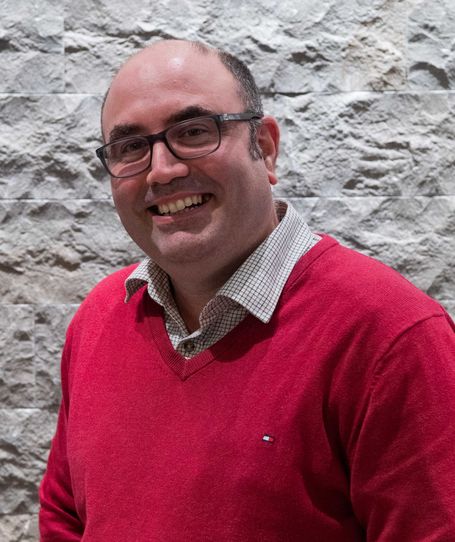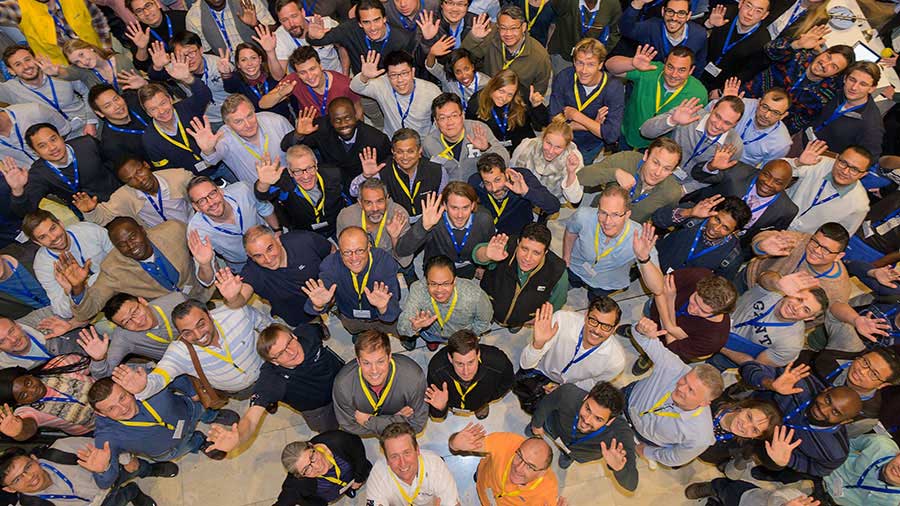Challenges result in improvements in AO VET education

From the start of his career in 2000 AO VET Europe and Southern Africa (AO VETESA) Chairperson Ignacio “Nacho” Calvo has seen many improvements in veterinary orthopedic education.
"There are ultimately improvements which the pandemic situation brought to us. If we look back in history, we can see that the most difficult situations have always brought improvements into our lives,” Calvo said. “Pressure can help us come up with solutions for different kinds of issues, and it has been no different during the COVID-19 pandemic."
Veterinary surgeons have had to face many challenges, including the difficulty of organizing face-to-face, on-site courses during the pandemic. This challenge resulted in innovative solutions that will improve the AO VET educational offer. One such innovation is the increased use of hybrid and blended courses. These courses combine online and in-person instruction, allowing participants to learn in different ways while still receiving the same quality education. These courses were an already-existing type of AO educational event, but the process of implementing them for use was accelerated by the pandemic, and they have been successful in providing a quality education.
Calvo has also noticed differences in the way knowledge is shared. A decade ago, he said, there were many fewer opportunities for remote learning. Today, there are many possibilities to access valuable learning materials—including webinars, expert presentations, journal articles, learning modules—online.
Recipe for successfully implementing online education
Successful implementation of online education doesn’t happen, Calvo said, noting that faculty had to be adaptable and open-minded to keep up with the latest trends and technologies.
“By doing so, they can ensure that students receive the best education possible and that they are prepared for their future careers in veterinary orthopedic surgery,” said Calvo.
Still, he said, faculty face challenges—including the biggest hurdle: finding ways to get course participants to engage and interact.
“An online platform is different than a face-to-face event, as online platforms typically offer fewer opportunities for faculty to interact with course participants,” said Calvo, noting that myAO—the AO’s secure, digital gateway to expertise, education, and innovation—fills that gap. AO VET faculty have been able to offer more interaction by being present on myAO, where verified surgeons can connect with each other on a secure platform in lively discussion groups or share clinical cases for a second opinion or advice. As a result, online learning is now more accessible and interactive than ever.
Though the COVID-19 pandemic drove improvements in delivery of education, veterinary orthopedic surgeons can expect to continue benefiting from them well into the future, Calvo said.
“The improvements which we were forced to come up with in online learning will remain even when things go back to ‘normal,’” he said. “There is still a need for hybrid and blended courses apart of face-to-face courses."
Calvo also pointed out that educational events are not the only activities increasingly taking place online. He said most of AO VET community meetings are now conducted online, and instead of meeting few times a year, communities meet more often for shorter periods of time, resulting in a more productive workflow.
All in all, Calvo sees great improvement in veterinary orthopedic education, and while his primary goal is to reestablish the face-to-face, on-site courses, he believes online events are here to stay.




